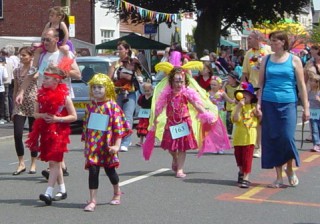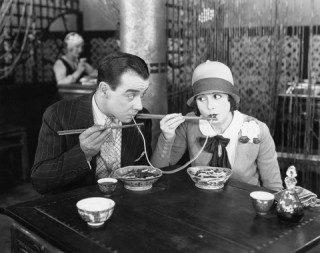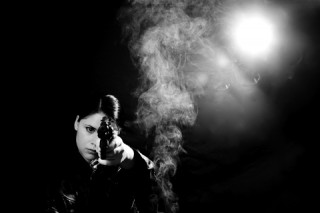This blog is part of a series of development frameworks for narrative screenworks from mobile and short films to long running TV series. The aim of the series is to look at the very first stage of development, when an idea has not been developed into a narrative or full blown concept yet. This is the stage where many options are possible and by using these frameworks many simple mistakes can be avoided very early on in the development of work.
This blog reviews the essential starting points of the TV series narratives in television, the most popular, and longest running format for screen narratives.
Series Definitions
The basic definition of a series s a number of episodes which contain the same elements normally key characters and a specific location. The number of key characters can range from one to twenty plus, as in a long running soap opera. The key point being that these characters are in every episode, and the stories focus on their activities or alternatively a location is used to bind a series of different characters and storylines together. The following frameworks lay out the essential elements of the three main types of series in television – soaps, sitcom and episodic drama.
1. Multiple open-ended episodic structure – traditionally 22-50 minutes in length – a major break from the short, and feature film..
2. Multiple story stranded structure the same as the serial but without the aim of a ending within a few episodes.
3. Multi character focus – several stories in each episode, most left to be continued. Therefore,. extremely long character arcs sometimes taking years to play out.
4. The subject of soaps is personal relationships normally in the form of family sagas.
5. The underlying theme is one of ‘The Need for Order’ i.e. what threatens the continuance of the family, but given the sheer scale of narrative time available ‘The Desire for Love’ is regularly the second theme used, as is ‘The Desire for Validation’
6. A three act linear structure applies within each episode, normally shaped around one spinal storyline within each episode.
7. Stylistically it is television naturalism i.e. locations, sets etc shot as if they were real places.
8. Tonally dramatic with most characters winning and losing at each stage of their story’s development.
1. Single main story and a secondary story in each episode, normally less than 28 minutes.
2. Circular plot structure – the idea is to have the characters back where they started by the end of each episode. The three act structure is applied via the main storyline.
3. Limited cast, often two to four, with one guest, however it can be as many as six or seven.
4. Like soaps the subject is personal relationships and is often set within a family. However, equally common is a work setting.
5. Like soaps the major theme is’ the Desire for Order’, with romance also being used. However, unlike soaps only one theme is used for a show as each episode is potentially a stand alone narrative, with no carry over storylines.
6. Style is naturalistic as in soaps.
7. The tone is comic, but can range from slapstick, and surreal, to verbal wit in its form.
1. Multiple episodes, with a main story per episode – normally 50-85 minutes in length, but 110 minute length has been used.
2. Two story linear structure or multi-stranded, and it may or may not have a serial element which runs for one season. The three act structure being tied to the main storyline.
3. The cast runs from one central character to an ensemble. The norm is two central characters with a few regular supporting characters. The use of guest characters is normal, and these may range up to seven in number.
4. The subject tends to be work orientated – often referred to as Cops and Docs, meaning police or doctor dramas.
5. The underlying theme if a police series will be ‘The Desire for Justice’ and if a Doctors series ‘The Desire for Order’. In a series where the location is the central element not the characters ‘The Desire for Romance’ has been used.
6. Style is dominated by television naturalism but expressionism can be used in some work.
7. The tone is dramatic with events leading to some guest characters winning and losing at the same time, while the central characters win in terms of the main story line but lose in some secondary story.



